I turned 75 this year and like many people my age I have started to worry about my memory. I’ve always had a good memory. I seldom had to write anything down and I almost never forgot anything. But that’s rapidly becoming a thing of the past. I try to tell myself it’s because I don’t need to remember things now. I have my phone with my calendar and my to-do list and my reminders all right there in my pocket. Things for which I once relied on my memory are now just a simple “buzz” away. As much as I try to tell myself that, I can’t really believe it. I’m afraid things are starting to slip away, and I worry just how far and how fast this will progress. I know from talking to others my age I am not the only one with this concern. But what exactly is memory? How does it work? And what can we do to prevent its decline, or even better to reverse it?
What is memory?
Marriam-Webster Dictionary defines memory as: “…the power or process of reproducing or recalling what has been learned and retained especially through associative mechanisms; the store of things learned and retained from an organism’s activity or experience as evidenced by modification of structure or behavior or by recall and recognition.” I hope that’s more enlightening for you than it is for me. While it may describe memory, it doesn’t really explain it.
I think that I like Salvador Dali’s approach to memory. In his famous painting shown above, The Persistence of Memory, we see the passage of time as it inexorably moves on but leaves persistence in our memory. But as we can see memory is fluid and it is malleable. While memory may persist, it is not unchanged. OK, that may sound like philosophical mumbo jumbo, but I just want to get across the idea that memory is not a concrete thing, and it is as much about perception as anything else.
Types of memory
One of the first things to recognize is that memory is not a single monolithic sense. There are many types of perceptions or abilities that are encompassed in the collective term memory.
The type of memory we use most frequently is working memory. This is where we store things for short-term use. It would include things such as remembering numbers to add in your head. You don’t need it for long term, but if you have problems with your working memory it can take you much longer to get things done such as balancing a check book, following directions or grocery shopping.
Episodic memory is how we recall past events, personal experiences, conversations, feelings, and emotions. If you’re struggling to recall recent events and activities, you may have a problem with your episodic memory. This is the type of memory loss that most people first worry about.
Semantic memory is what you use to recall the definitions of words, the names of objects and to recognize familiar faces. It’s not tied to any specific experience, but these are just things that you just know, such as your key is used to unlock your door or if you want a drink of water, you pour it into a glass. If you find yourself frequently struggling for the right words in a conversation you may be having problems with your semantic memory.
Our prospective memory is the way we remember future things. It’s how we keep track of appointments and obligations. If you find yourself forgetting that you have made plans or where you were supposed to be going you may have problems with your prospective memory. We most commonly experience this when we find we have walked into a room, and we can’t remember why we went there. (Unless it’s the bathroom; I always remember why I’m there.)
Is it dementia?
Of course, this is our greatest worry. I think many of us fear dementia more than we fear stroke, heart attack, or cancer. Memory loss is not always dementia; there is some natural degradation of memory as we get older. But what is age-appropriate memory loss and what are some of the more common and frequently reversible forms of memory losses, and how do we know it’s not dementia.
So, is it normal memory loss or not? It’s normal to forget the date but it is not normal to not know the month or the year. It is normal to have to search for the appropriate word at times. It is not normal to be unable to hold a conversation. It is normal to occasionally forget someone’s name. (By this standard I’ve been suffering from memory loss since I was about 20 years old.) It’s not normal to not recognize close friends or family members. It’s normal to forget where you put your car keys. It’s not normal to forget what they are used for.
The fact that you’re worrying about some of these mild memory problems is in itself good. It just means that you recognize your memory is not as sharp as it once was. Dementia is a sudden and rapid decline in cognitive ability. It is frequently recognized by everyone except its victim.
Other causes
But before you jump right to worrying about Alzheimer’s, there are several more common medical problems that can cause memory loss and confusion. Most of these are, at least partially, reversible.
One of the most common causes of confusion and memory loss in older adults is what we in the medical field call polypharmacy and what most people call over medication. Some of the most common medications that cause mental impairment are diphenhydramine (more commonly known as Benadryl), pain medications, sleeping pills, medications for dizziness or anxiety, as well as some Parkinson medications. Some side effects of all of these can mimic the symptoms of dementia. This is particularly true if any of these medications are mixed with alcohol. If you’re experiencing some episodes of confusion or memory impairment and you’re on a variety of medications, ask your doctor or pharmacist to review them for potential memory impact.
Other common causes of memory impairment in older adults are dehydration, lack of sleep and lack of exercise. It’s a common misconception that our need for sleep and exercise decreases as we get older. Simple exercises such as daily walking have been shown to increase brain health and memory. The positive effects of exercise appear almost immediately.
Undiagnosed anxiety or depression often can mimic memory loss and dementia. This even has a nice clinical sounding name as the pseudodementia of depression. Poorly controlled chronic diseases such as type 2 diabetes can cause chronic inflammation in the body which can lead to cognitive and memory impairment as well.
It’s also generally believed that poor nutrition can cause memory impairments and a Mediterranean style diet has been recommended as a way of protecting against cognitive decline.
What can I do?
If you have concerns about your memory, of course the first step is to consult your doctor. Ask them to look for and deal with any of those common causes listed above. Be prepared, they may ask you some embarrassing questions about your past. They don’t think you’re a bad person, the only effective way to evaluate problems is to ask the same questions of everyone.
So, from there we get on to what can be done for prevention.
Excessive alcohol use and cigarette smoking have both been shown to have a negative impact on memory and can speed cognitive decline. Try to decrease your alcohol intake to one or two drinks a day and your cigarette smoking to none. There is no safe level of cigarette use. Despite common belief, vaping isn’t safer than cigarette use. Although oral tobacco hasn’t been extensively studied as it relates to memory, in studies related to other diseases it has been shown to increase inflammation and microvascular disease, all of which are known to accelerate memory loss and even vascular dementia.
Plan and implement a regular exercise program. You don’t need to be a marathon runner or a gym rat, you just need to have a steady regular plan. Thirty minutes of moderate exercise four or five times a week will show great benefits. Make sure you don’t get overly aggressive at the beginning and injure yourself. Walking is perfectly adequate for most people and doesn’t put undue stress on your joints.
Sleep like your life depends on it. Set a regular bedtime and stick with it both on weekdays and weekends. Try to get up at the same time every day. Just remember that during normal sleep, memory and learning are consolidated and brain toxins are disposed of. Improved sleep can also help with weight management, blood pressure control and blood sugar control. (More on sleep in a later blog.)
Social interaction has been shown to be as important for preventing cognitive decline as anything else. Strong bonds between family and friends are important for a healthy life. Involvement in churches, social groups and civic organizations are all equally beneficial. People who are socially isolated tend to develop earlier and more rapid cognitive decline. Social engagement also reduces the likelihood of depression.
Activities that require mental engagement, particularly in a social setting, have been shown to delay the onset of cognitive decline and in some cases have even reversed some of the signs in people who have previously been socially isolated.
Activities such as reading, writing, puzzle solving, card games and learning new skills have been shown to delay cognitive decline. For example, one of the things that I have done to try to stay mentally active is starting this blog. Not only am I engaged in researching and writing articles, but I had to learn how to set up and manage a website. Also, I had to learn how to work with voice recognition software because I must admit I’m too old to learn how to type.
Can’t I just take a pill?
For as long as I can remember, the pill to cure or reverse dementia is being tested and will be released sometime soon (it always seems to be within the next year). Unfortunately, most of those have been a disappointment. There have been some medications that have been shown to slightly delay decline, but none have substantially reversed it. And none of these medications have, so far, shown to be superior to correcting polypharmacy, or underlying medical problems, and improving social interactions and mental activities.
The Grumpy Doc says the best way to keep your memory is to stay out there living your life and making new memories. Keep moving, keep thinking, and keep doing. And the next time you see me you can tell me all about it, even if it does take me a while to remember your name.
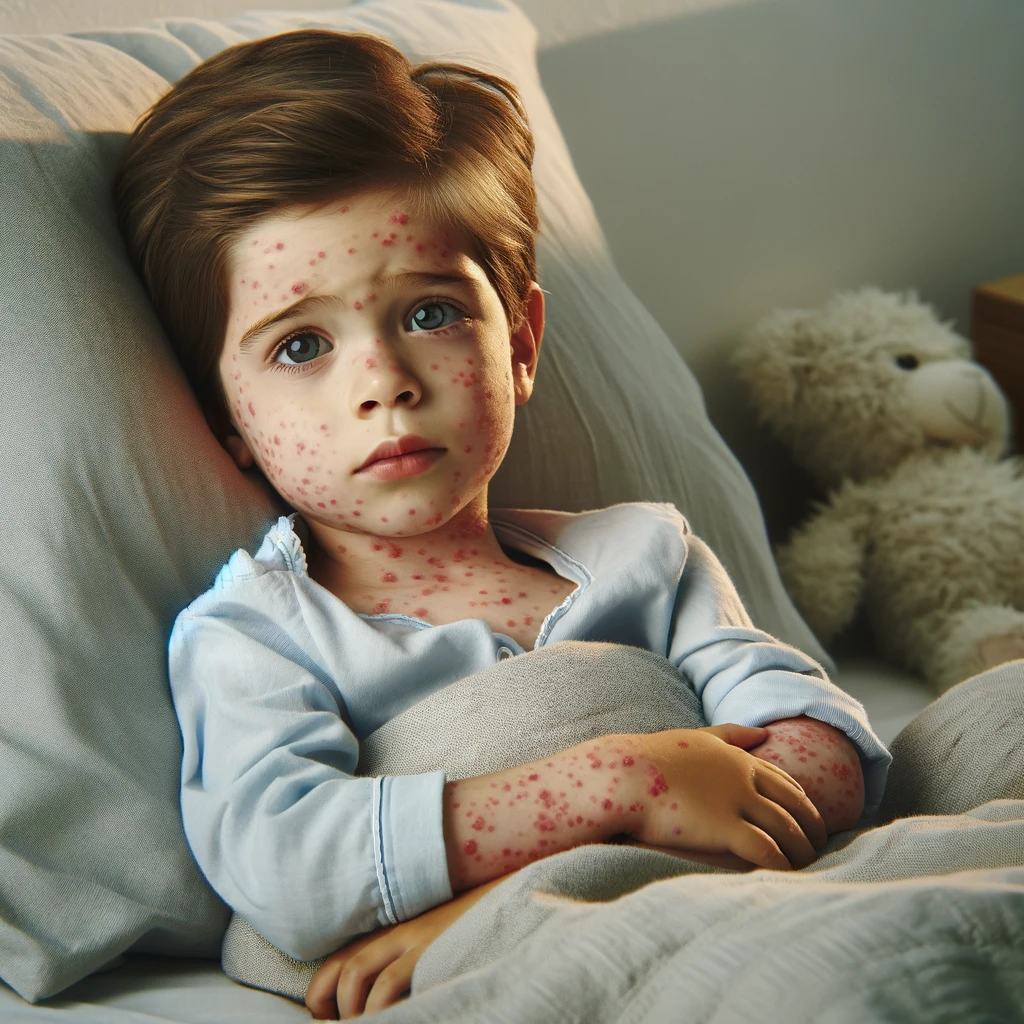
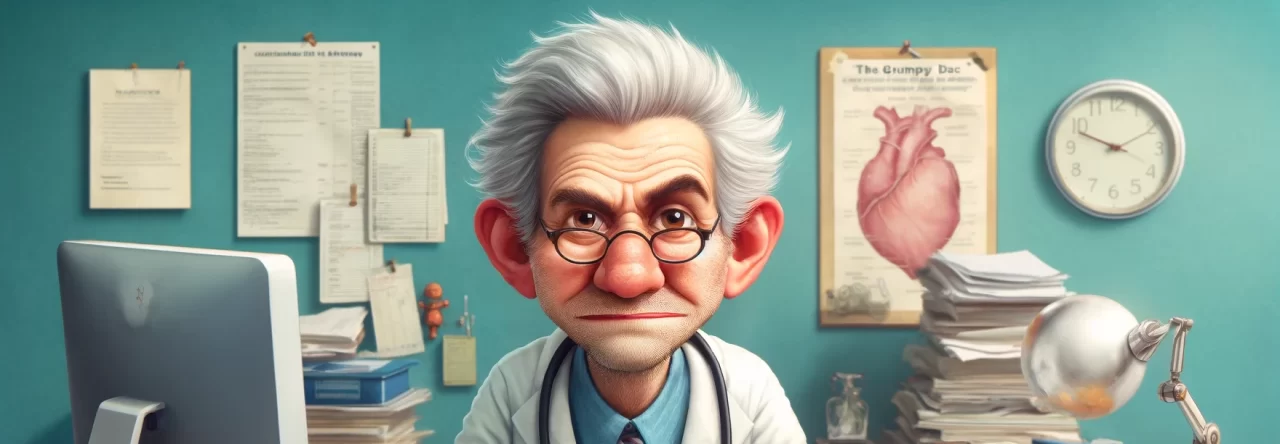

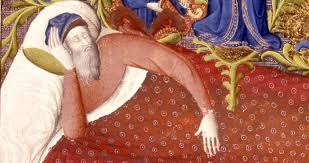
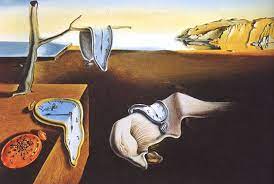


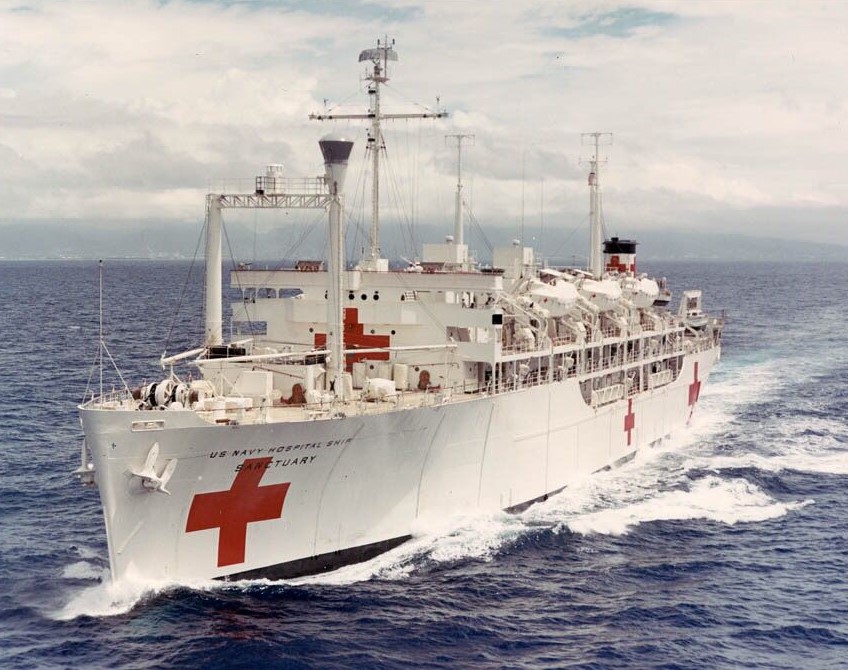


Stand Strong: Protect Yourself From Falls
By John Turley
On May 11, 2024
In Commentary, Medicine
Not too long ago I decided to spend my lunch break from the clinic by taking a walk around downtown. It was a beautiful day. It was warm, the sun was shining, and the sky was bright blue. I just started my walk when I thought I heard tires squealing behind me. I looked over my shoulder and as soon as I did, I felt my foot catch on a piece of broken concrete, and I went down hard. Fortunately, I fell right in front of my office and even more fortunately I work for the ambulance authority. Within minutes I was surrounded by paramedics and a nurse practitioner who made sure I was well taken care of. My CELLULAR watch also helped save the day. I’ll talk more about my experience later in this post but now I’d like to talk about falling in general.
Those of us of a certain age have gotten used to having every visit to any type of medical appointment include the question: “Have you fallen recently?” Even though I know the reason for this, it still annoys me. They always assume older folks are going to fall. (I think I’ve told you before, I preferred to use the term older folks or even old geezers for that matter but, I refused to be labeled as elderly.)
It’s been estimated that over 25% of older adults fall each year but probably less than half of those will report the incident to their health care provider. Once you’ve fallen your risk doubles that you will fall again. As we advance in age, falls become the leading cause of both fatal and non-fatal injuries.
Chronic medical conditions such as diabetes and heart disease can increase our risk of falling by affecting our blood pressure and causing dizziness. Some of the medications we take can have the same side effects. Also, older folks are less likely to eat or drink adequately leaving them more susceptible to dehydration and fainting. If these things are happening to you, it’s important to let your doctor know so together you come up with a plan to protect yourself.
Environmental factors also play a critical role in falls. Common hazards include loose rugs, wet floors, uneven surfaces, curbs, icy sidewalks, and dropped objects. As I found out, what would have been a simple stumble with a quick recovery when I was younger became a hard fall.
So why is that? As we age arthritis can cause stiffness in our joints which slows our reaction time. Loss of muscle mass and with it decreased core strength make it harder for us to maintain and regain our balance. Changing eyesight makes it difficult to tell where objects are in relationship to one another. As we get older, we tend to shuffle or drag our feet when we walk making us more susceptible to the uneven surfaces. I know that’s one of my major problems.
There are many resources people can use to reduce their risk of falling. I’m sure you all know about them: strength exercises, flexibility and balance classes, and regular stretching can be very helpful. There are many websites that tell you how to fall-proof your home and workspace. And of course, everyone should get a regular checkup to make sure that they don’t have undiagnosed health problems.
Now, I want to tell you about the one thing that I thought was very important for me in my fall. I’ve always been a gadget guy. A few years ago, I decided to get an Apple Watch. I like the idea of being able to get a weather report, check my e-mail, check my texts, check my calendar, and answer the phone all from my wrist. And, because I am a gadget guy, I got the one with cellular capability. I never really expected to make use of it, I just thought it seemed neat.
As competitive as the smart watch market is, I’m sure they all have similar capabilities. I’m not an expert on any of the others, but I do know about the Apple Watch, and I’d like to tell you about it. The watch comes with a fall alert and SOS system. If you fall like I did, you immediately get a notice on your phone that says it looks like you’ve had a hard fall, to which you can either respond “yes send help”, or “no I’m fine”. If you respond yes, it sends your GPS coordinates to 911. If you respond no, it asks if you’re sure, to which you again respond that you are sure and then that’s the end of it. If you do not respond at all or the watch detects you aren’t moving, it waits a few seconds and then sends your GPS coordinates to 911. I know a lot of people are concerned about technology tracking them. Well, I’m glad it does.
And now back to being a gadget guy. This is where the cellular option paid off for me. The SOS fall protection system only works when your phone and watch are in range of one another. You can only make calls from your watch when they were in range as well. Unless, you have a cellular capable watch which works independently.
I know most people think they won’t go anywhere with their watch without their phone. Well, that’s what I thought. But that day, I inadvertently left my phone on my desk. And when I fell, I couldn’t get up. I told my watch not to send my information to 911 because I was right in front of the ambulance authority. I called into the office and very quickly had all the help I could ever want. But if I had not had a cellular capable watch I would either have had to crawl into the office or lay there on the sidewalk until somebody stopped to help me. Which someone did almost immediately. So, there are Good Samaritans in Charleston.
So, my bottom-line recommendation to you is to get a smart watch, whatever type you prefer, and make sure it has cellular capability. Don’t do anything including housework, yard work, or even taking a walk at lunch that may have any risk of a fall without having your smart watch with you. As I found out, the risk of falling is greater than you think. I wish I were getting compensation for pitching this technology.